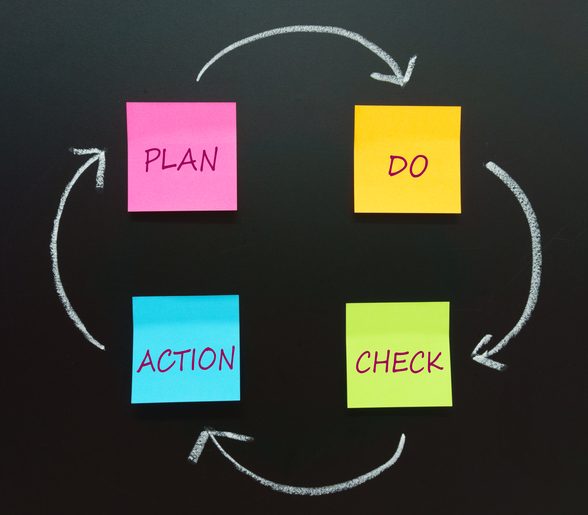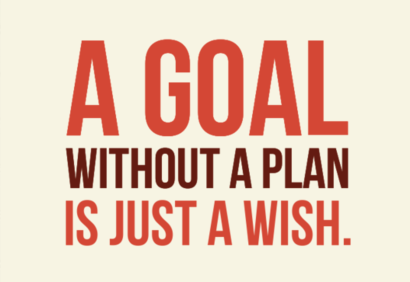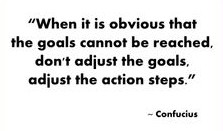We frequently teach and meet with entrepreneurs who want to run sustainable and responsible businesses. For them, it’s not just about the bottom line but the triple bottom line – people, planet and profit. How do we care for our employees? What kind of impact are we having on the environment? Can we build a good business that is also profitable?
Financial sustainability is a must for any small business’ survival and long-term success. But socially and environmentally responsible business practices are also essential if we want our businesses and communities to thrive.
What does “sustainability” mean for a small business?
It could mean…
• Offering employees great working conditions, paying competitive wages, and/or providing educational options and opportunities for advancement.
• Creating and/or selling products produced in ways that minimize harm to the environment and preserve resources.
• Sourcing materials locally and supporting local industries.
• Operating transparently – sharing data and treating competitors as colleagues.
• Giving back to the local community – donating profits to a charitable purpose, mentoring other small business owners, etc.
Sustainability has certainly become a buzzword in business. Yet when implemented in real ways, it not only benefits the wider community but can have positive benefits for your business directly – attracting new customers and committed employees and increasing efficiency and profit.
We asked some of our clients and colleagues about their sustainability practices. They shared their advice for other small business owners who want to incorporating sustainable practices into their businesses.

When jeweler Melissa Joy Manning started her business, Melissa Joy Manning Jewelry, in 1997 she wanted to create jobs for other artists: “I distinctly remember being told that I could never operate a business in such a competitive market with on-shore labor. Thankfully, I followed my heart and built a business around a local community. Now “American Made” is a driving marketing force in our industry and we lead the fashion industry in responsible practice.”
Sustainable practices are central to both jewelry production and packaging at Melissa Joy Manning. They use only 100% recycled metal sourced from a “green” certified US refiner, their precious stones follow the Kimberly Process, and they are buying more of their stones directly from mine owners to have true clarity on their gem chain of custody. Additionally all MJM packaging is recycled, jewelry pouches are made in the US from certified responsible felt, and MJM carbon offsets every box shipped to neutralize their carbon footprint.
For Melissa, though, the most important sustainable business practices relate to the reason why she went into business in the first place. All Melissa Joy Manning jewelry is hand made in her own studios in New York and Berkeley by artists earning a living working wage, with full benefits, competitive bonuses and retirement packages.
Melissa’s advice to other business owners: Start small!
“Make little changes that can be easily incorporated into your business practices. You can then add or change your practices to increase your sustainability. It can be incredibly intimidating to try and change everything at once. Starting small, however, leads to greater, more successful cumulative change that can be grown as the business can afford it. In the long run being responsible is not only more efficient and sustainable, it is cheaper and leads to greater profit and stronger ties to your market.”

Gwen Kaplan, CEO and founder of Ace Mailing, has been focused on sustainability since founding her direct mail business almost 40 years ago. When she was president of the Small Business Commission in the late 1980’s she started the Green Ribbon Panel which provided small businesses with sustainable or “green” solutions and recognized San Francisco green businesses. (This panel ultimately became the San Francisco Department of the Environment.) Ace Mailing was the first company in the US to sell recycled paper retail in bulk cartons for copy machines. Since 2007, Ace Mailing has been carbon neutral through TIST and the Institute for Environmental Innovation.
Gwen’s advice to other business owners: Evolve!
“Ace Mailing is continually living, breathing and changing to meet the needs of our clients.”. Sustainability requires strategic evolution of your business. Focus on your target market and meet their needs to achieve long-term sustainability.
Ultimately, it is important to remember that…
There are many ways to create a sustainable and responsible business. The sustainable practices that you decide to employ will be unique to your type of business and your style of doing business.
Instituting new business practices may not be easy or quick to implement. Changing how you operate takes commitment, and often time and money to get new ways of operating established.
Creating a more sustainable business is a process. As Mark Dwight, founder of Rickshaw Bagworks in San Francisco says in this Inc Magazine article, “Sustainability is a journey, not a destination.”
The first step is to just take a step! As Melissa says, choose one small way to improve your practices. Implement that practice into your business and see the results. (This is what business action planning is all about.) You will learn from it and build on it!
How is YOUR business embracing sustainable practices?







